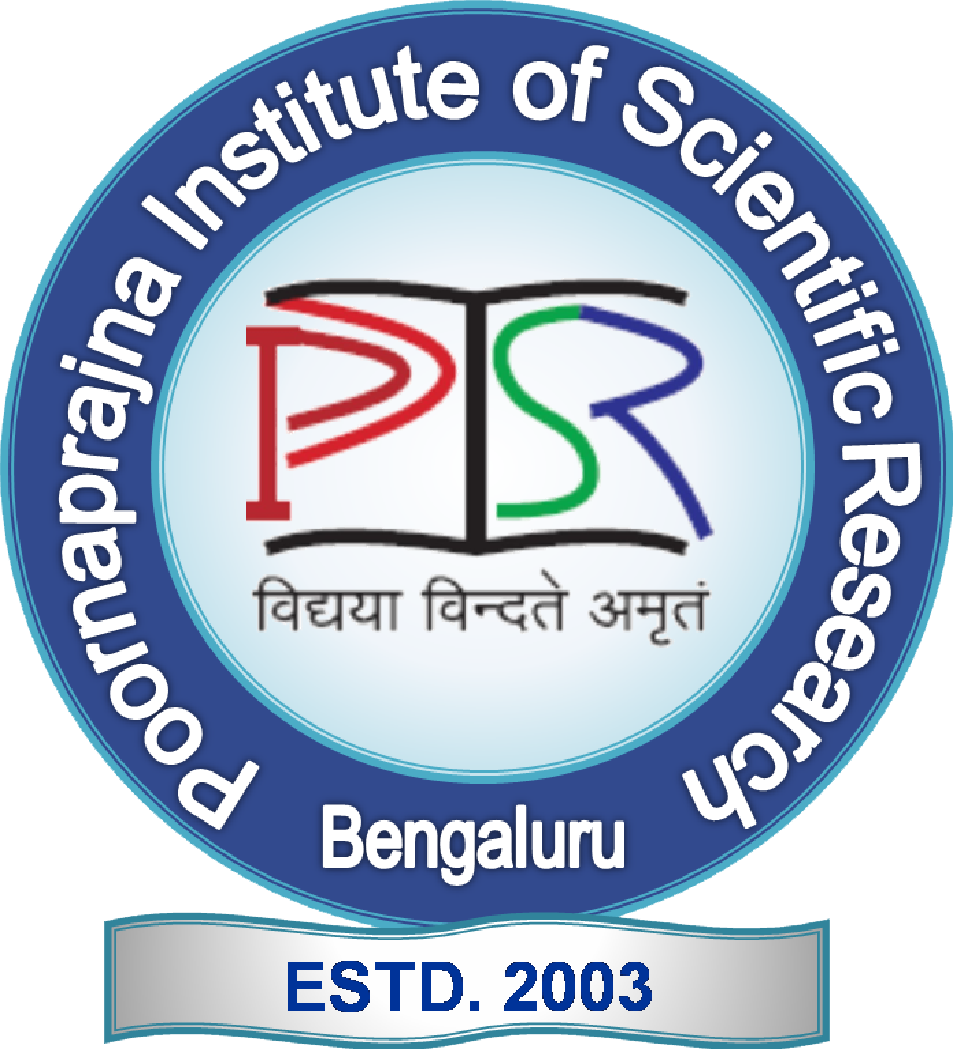Seminar by Prof. Dr. Christof Wöll: Programmed Assembly of Functional Molecular Solids from Building Blocks: The SURMOF Approach”
Speaker information: Prof. Dr. Christof Wöll, Institutional Director, Institute of Functional Interfaces, Karlsruhe Institute of Technology (KIT), Germany . For more information about the speaker, please visit at this link, https://www.ifg.kit.edu/english/21_264.php
Abstract:
Realizing molecular “Designer Solids” by programmed assembly of building units taken from libraries is a very appealing objective. Recently, metal-organic frameworks (MOFs) have attracted a huge interest in this context. Here, we will focus on MOF-based electrochemical, photoelectro-chemical, photovoltaic, and sensor devices. Internal interfaces in MOF heterostructures are also of interest with regard to photon-upconversion and the fabrication of diodes.
Since the fabrication of reliable and reproducible contacts to MOF-materials represent a major challenge, we have developed a layer-by-layer (lbl) deposition method to produce well-defined, highly oriented and monolithic MOF thin films on appropriately functionalized substrates. The resulting films are referred to as SURMOFs [1,2] and have very appealing properties in particular with regard to optical applications [3]. The fabrication of hetero-multilayers is rather straightforward with this lbl method. In this talk, we will describe the principles of SURMOF fabrication as well as the results of systematic investigations of electrical and photophysical properties exhibited by empty MOFs and after loading their pores with functional guests. We will close with discussing further applications [4] realized by loading MOFs with nanoparticles or quantum dots and by creating molecular solids lacking inversion symmetry for second harmonic generation (SHG).[5]
In the last part of the presentation we will point out that SURMOFs are very well suited for unattended experimentation approaches. Using robot systems controlled by machine learning (ML) algorithms allows to efficiently optimize thin film properties (orientation, crystallinity, roughness). We will discuss this point in particular in connection with the fabrication of SURMOF-based sensor systems.
References:
[1] J. Liu, Ch. Wöll, Chem. Soc. Rev., 2017, 46, 5730-5770
[2] L. Heinke, Ch. Wöll, Adv. Mater., 2019, 31 (26), 1970184
[3] R. Haldar, L. Heinke, Ch. Wöll, Adv. Mater., 2020, 32, 1905
[4] A. Chandresh, X. Liu, Ch. Wöll, L. Heinke, Adv. Sci., 2021, 8, 2001884
[5] A. Nefedov, R. Haldar, Zh. Xu, H. Kühner, D. Hofmann, D. Goll, B. Sapotta, S. Hecht, M. Krstić, C. Rockstuhl, W. Wenzel, S. Bräse, P. Tegeder, E. Zojer, Ch. Wöll, Adv. Mater., 2021, 33, 2103287


Recent Comments